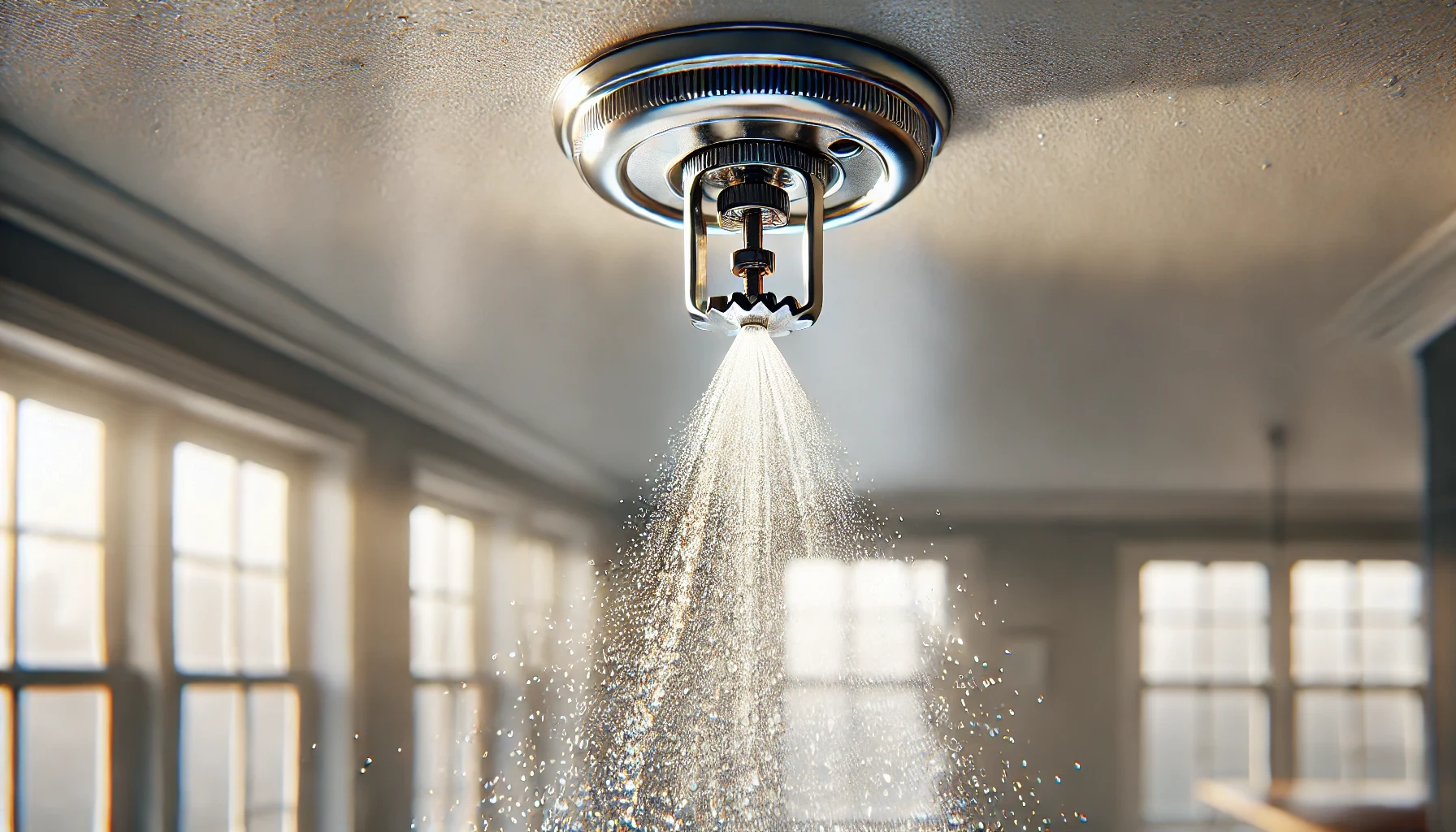
Nov 7, 2024
How to Handle Water Damage from Fire Sprinkler Systems

Fire sprinkler systems play an essential role in protecting buildings from fire damage. However, while they can save lives and prevent severe structural damage during a fire, they also introduce a risk of water damage if they’re activated accidentally or even during a genuine emergency. Here’s what you need to know about handling water damage from fire sprinkler systems effectively.
Understanding Water Damage from Fire Sprinkler Systems
When a fire sprinkler system is activated, it releases large amounts of water in a short period. Sprinklers can discharge water at a rate of 20-40 gallons per minute per sprinkler head, and this rapid release can result in widespread water damage, especially if left unaddressed. Common problems include:
Saturated Walls and Ceilings: Water can penetrate drywall, insulation, and ceiling materials, causing structural weakening and potential mold growth.
Flooring Damage: Wooden, laminate, and carpeted floors absorb water quickly, leading to warping, swelling, and, if untreated, long-term damage.
Electronics and Appliances: Water can ruin electronic devices and appliances, posing a risk of electrical hazards.
Mold and Mildew Growth: Excess moisture from water damage can lead to mold and mildew growth within 24-48 hours, causing health issues and further structural damage.
Acting quickly after a fire sprinkler discharge is critical to minimize these effects and restore your property.

Step-by-Step Guide to Handle Water Damage from Fire Sprinkler Systems
1. Ensure Safety First
Before assessing or addressing any damage, ensure it’s safe to enter the affected area. Water and electricity create a dangerous combination, so turn off power to the impacted zones if water has contacted outlets, wiring, or appliances. If in doubt, consult a professional to confirm it’s safe to proceed.
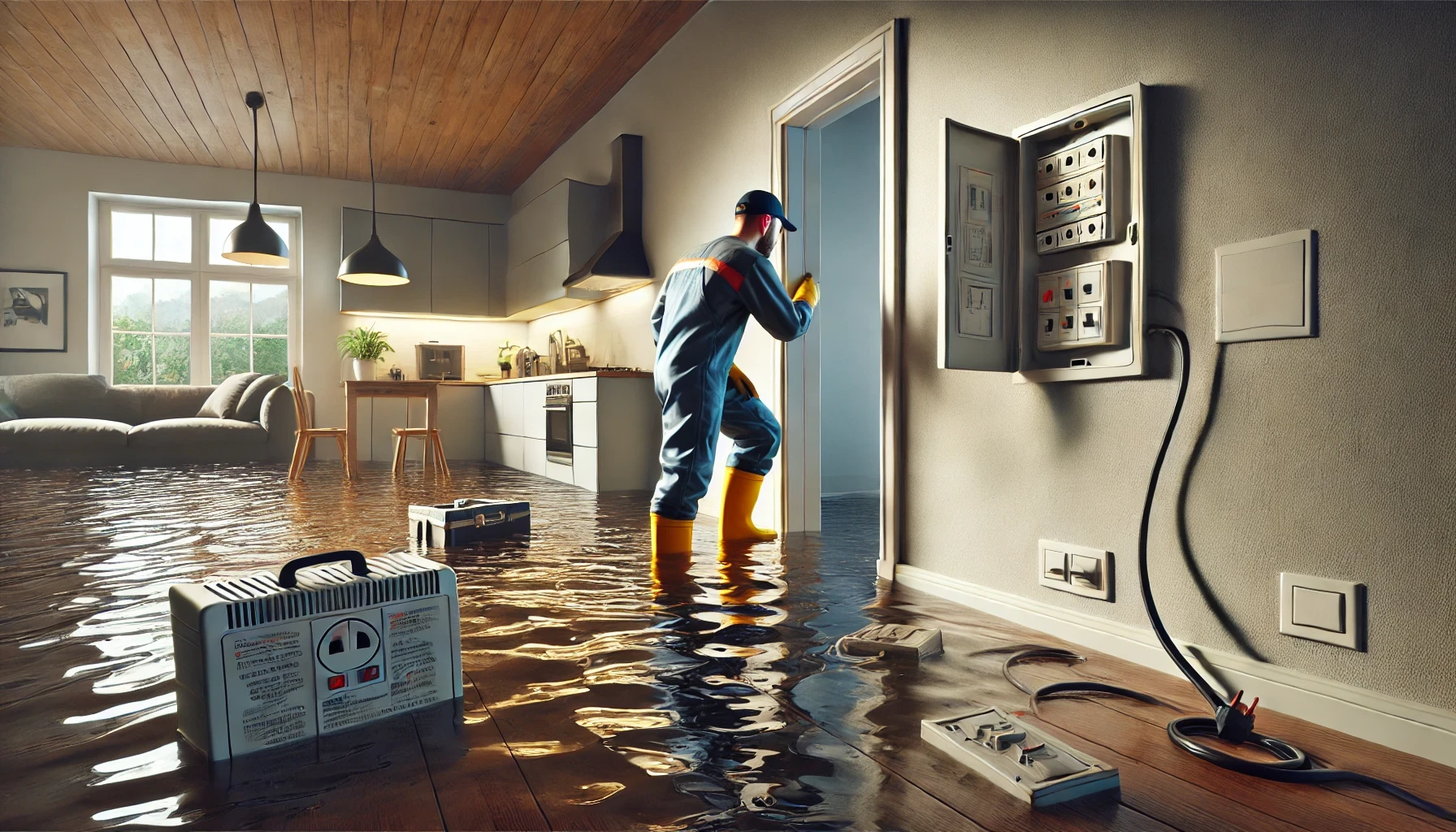
2. Stop the Water Flow
Fire sprinklers can sometimes malfunction or fail to shut off after activation. To prevent further water discharge, locate the shut-off valve to stop the water flow to the sprinkler system. This valve is typically located near the main water line or fire control panel.

3. Remove Excess Water Promptly
Removing standing water as quickly as possible is crucial to preventing further damage. Here are steps you can take to extract the water:
Use Wet Vacuums: Wet/dry vacuums can be highly effective at removing standing water on hard floors and low-pile carpet.
Mop Up Remaining Water: For smaller areas or hard-to-reach places, mopping up excess water with towels or mops can help absorb remaining moisture.
Call in Professionals for Extensive Damage: If water has seeped into multiple levels, walls, or flooring, it’s often best to contact a water damage restoration company like ours that has specialized equipment and expertise.
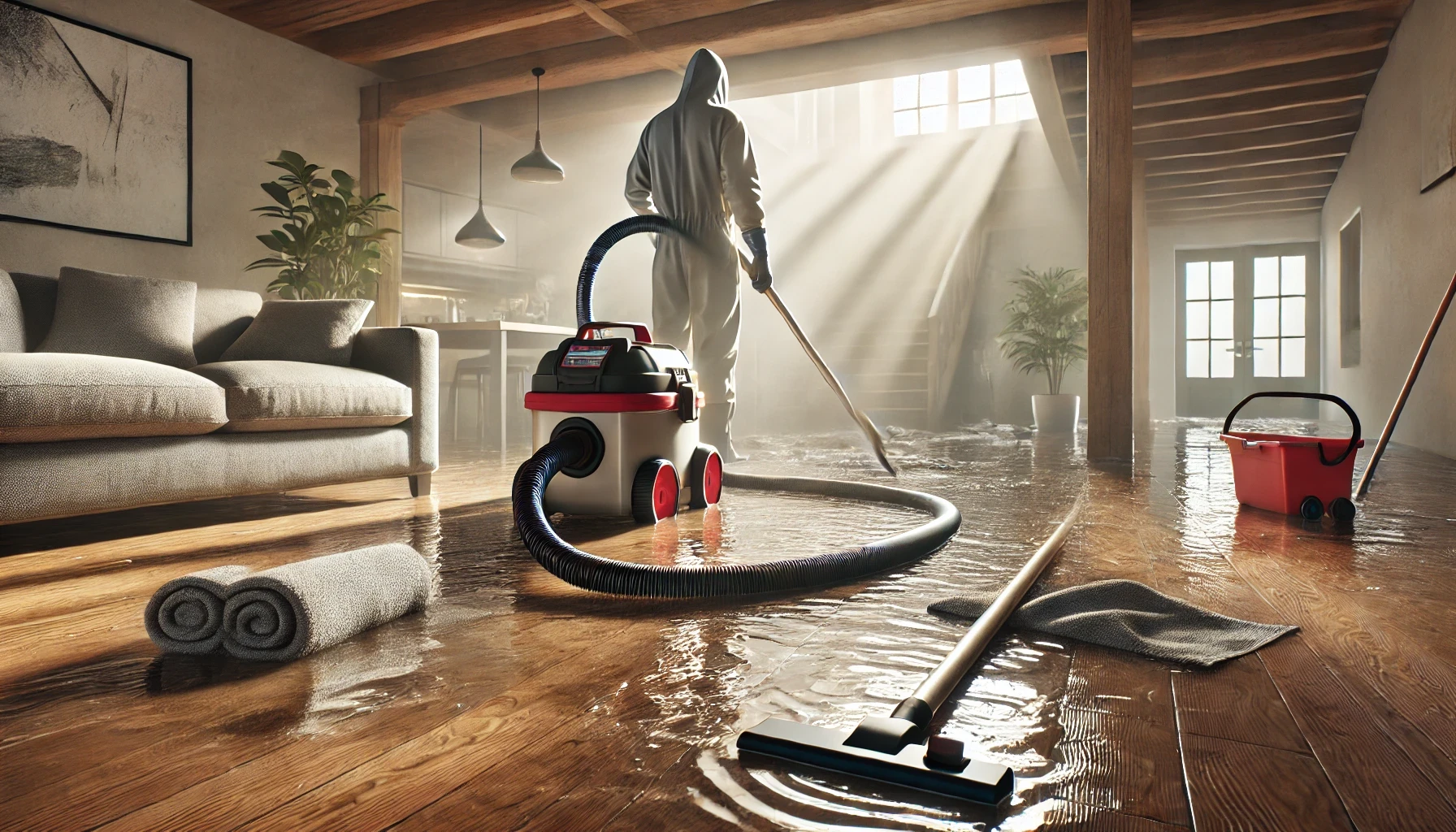
4. Dry Out the Space Thoroughly
Water from fire sprinklers can easily get trapped in walls, ceilings, and floors. Proper drying is essential to prevent mold growth and structural issues.
Use Industrial Fans: Place fans in the affected area to circulate air and speed up the drying process.
Dehumidifiers: Run dehumidifiers to remove moisture from the air and accelerate the drying process, especially in closed spaces with limited ventilation.
Open Windows and Doors: Increase airflow by opening windows and doors if weather conditions allow.
If possible, leave fans and dehumidifiers running for 24-48 hours or until the area is thoroughly dry.
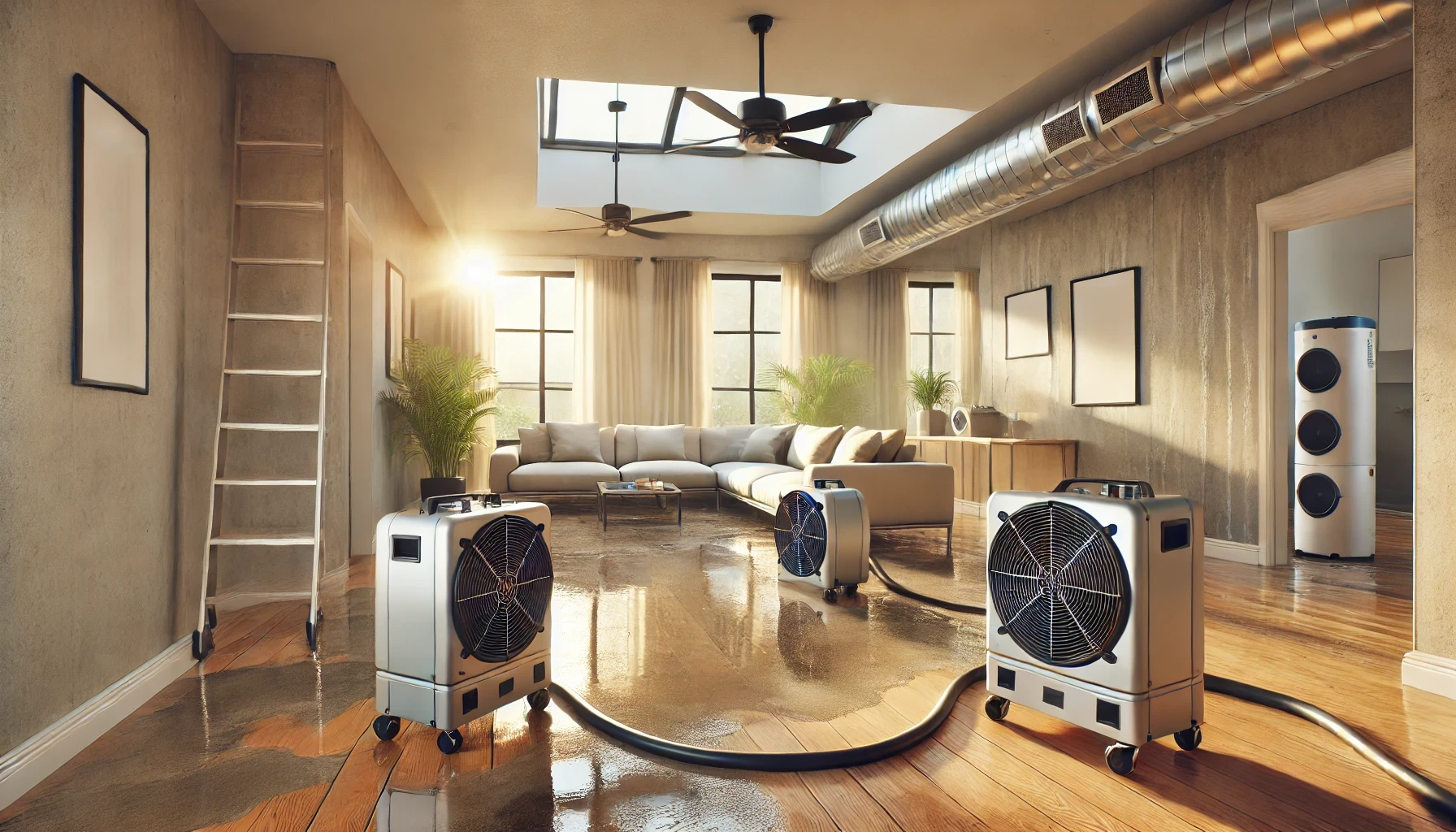
5. Inspect for Hidden Damage
After visible water is removed, check for any hidden or residual damage. Water can seep into the structure of your building, leading to issues that aren’t immediately noticeable, such as:
Wall and Ceiling Damage: Check for signs of bubbling, discoloration, or softness in drywall and ceilings.
Floor Damage: Inspect hardwood, laminate, and carpeted floors for signs of warping, buckling, or dampness.
Mold Growth: Examine for any musty odors, which could indicate hidden mold growth. If you suspect mold, call a restoration expert who can safely handle it.
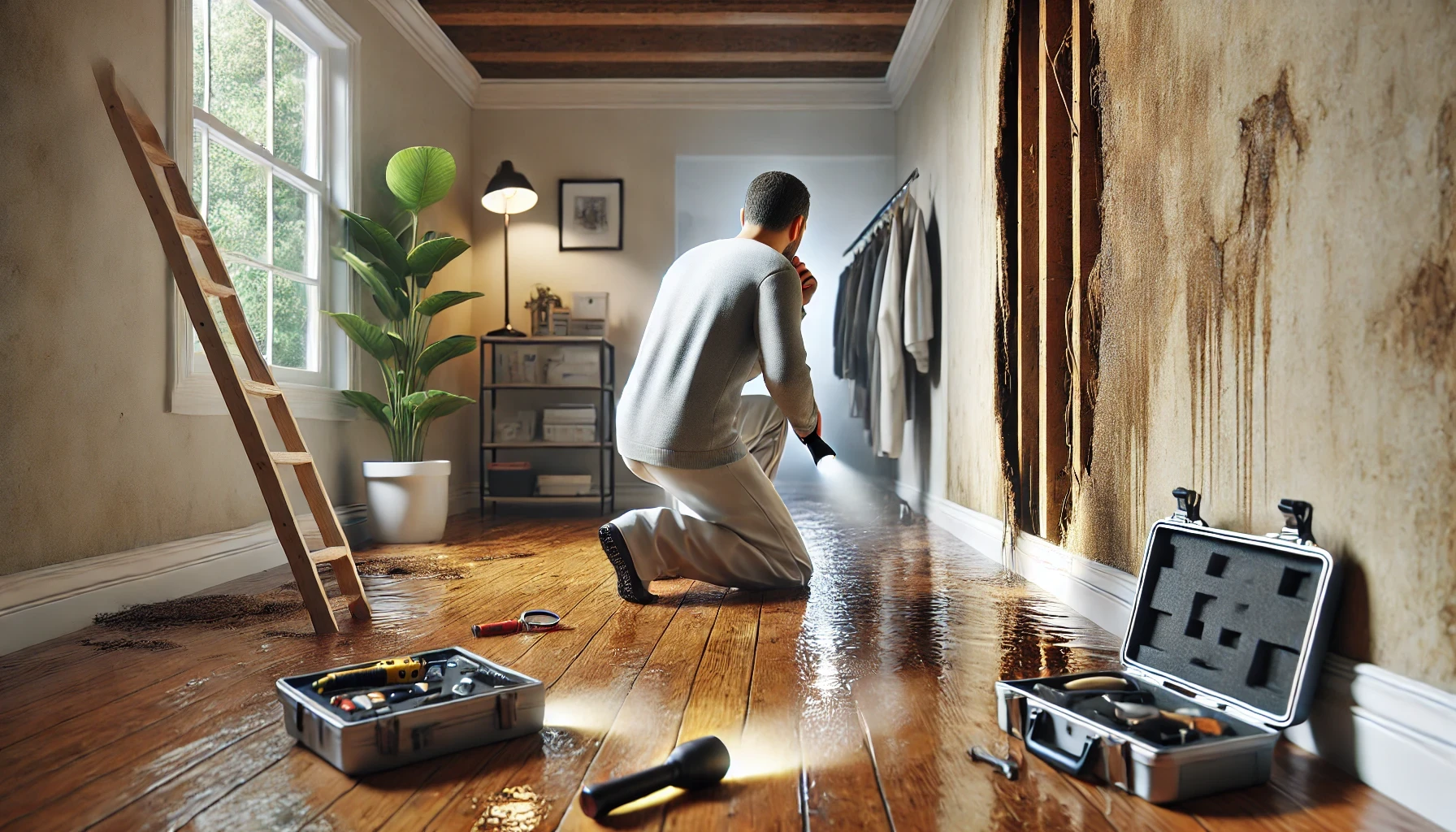
6. Sanitize and Disinfect the Area
Water from sprinkler systems is generally clean, but sanitizing the area is still recommended. Moisture can promote bacteria and mold growth, which can lead to health hazards.
Disinfect Hard Surfaces: Clean walls, floors, and other hard surfaces with a disinfectant to remove any potential bacteria.
Clean Carpeting and Upholstery: Have any carpeted areas, rugs, or upholstered furniture professionally cleaned if they were exposed to water.
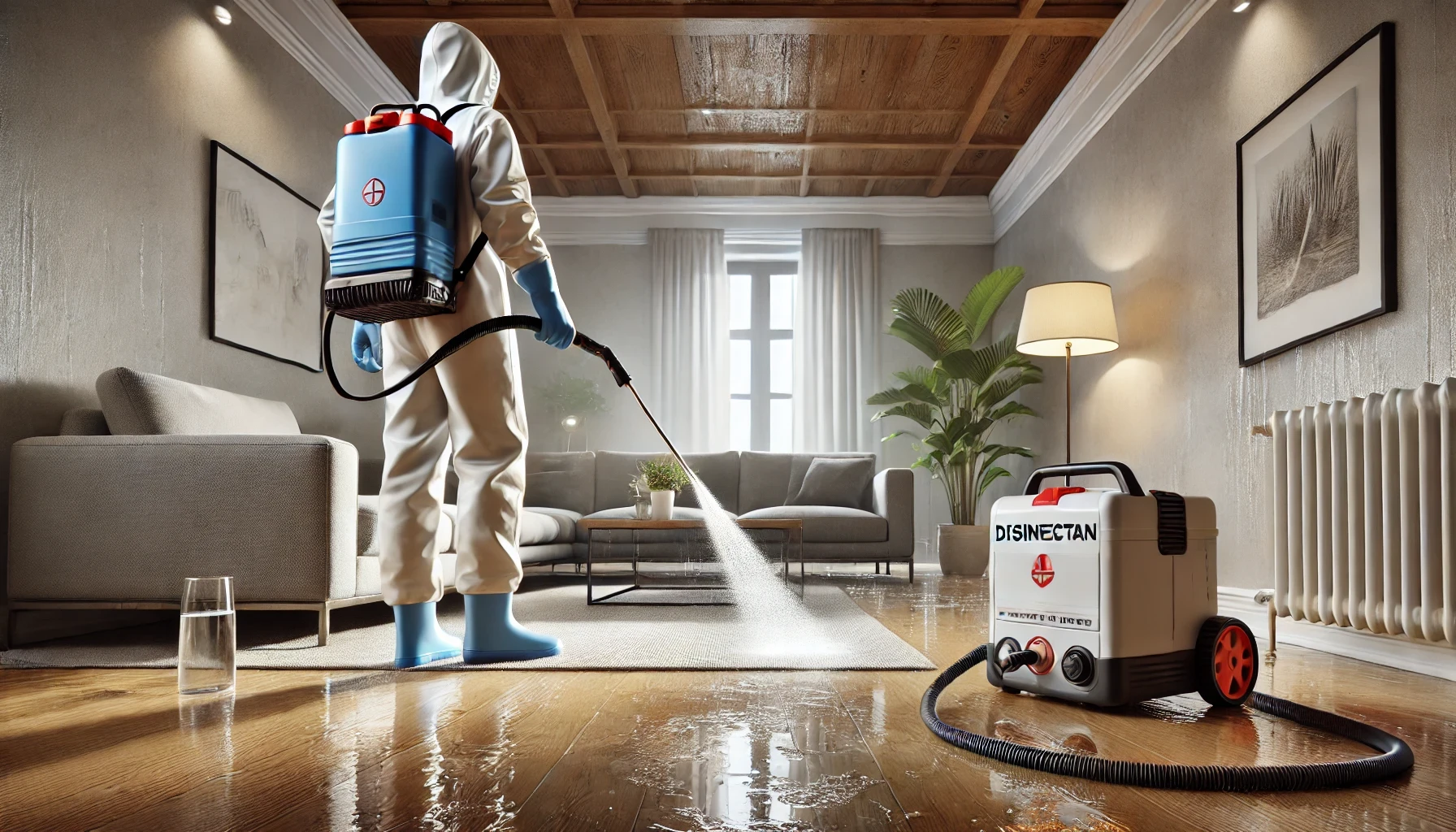
7. Restore Damaged Materials as Needed
Depending on the extent of the damage, some materials may need replacing rather than cleaning. Commonly affected materials include:
Drywall: Heavily saturated drywall may need to be removed and replaced to prevent structural issues.
Flooring: Some types of flooring, especially carpet and laminate, may require replacement if water damage is severe.
Ceiling Tiles: Water-stained ceiling tiles are often difficult to restore and are best replaced.
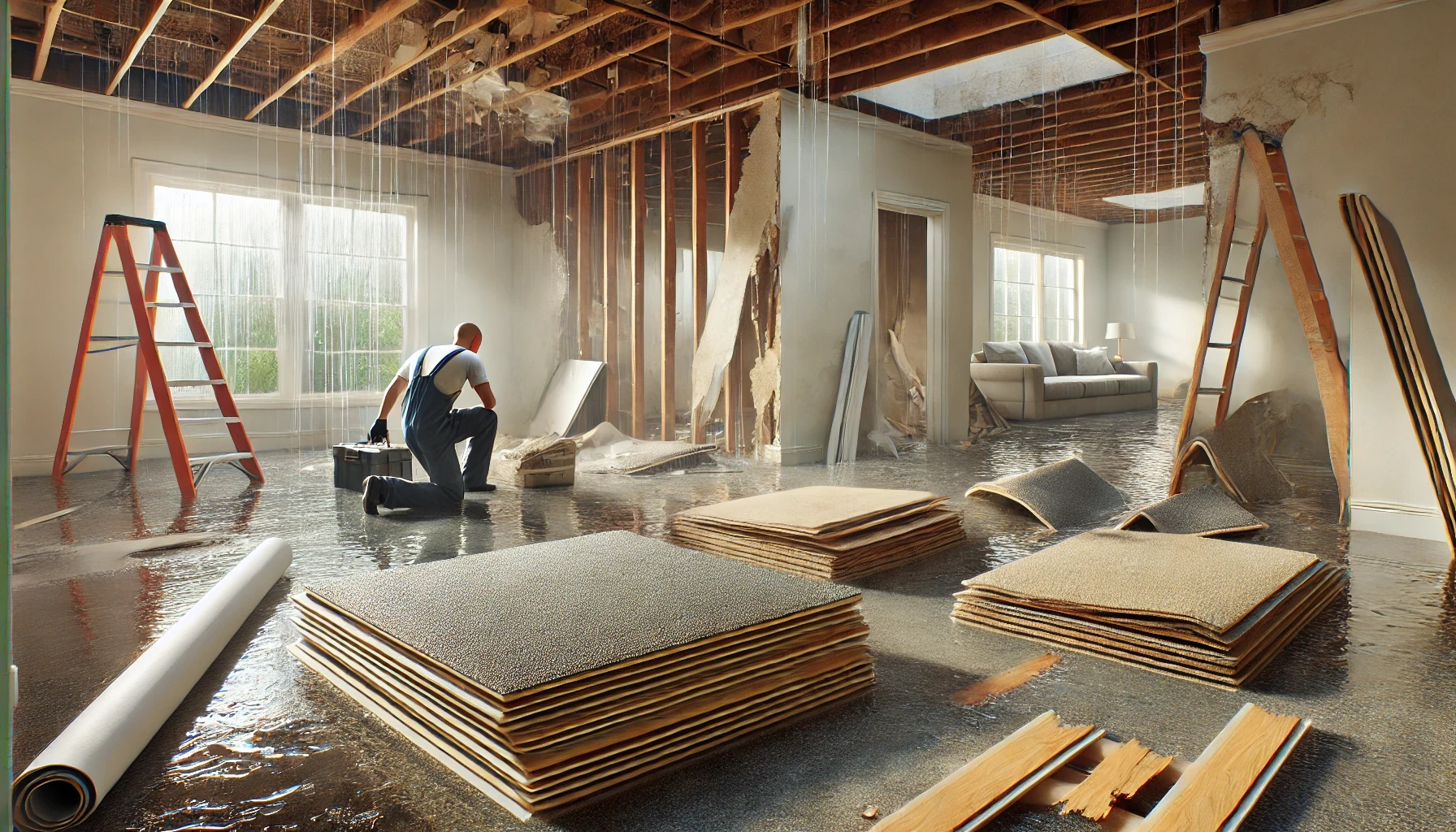
8. Consider Fire Sprinkler Maintenance and Upgrades
To prevent accidental activation and minimize future risks, consider having your fire sprinkler system inspected and maintained regularly. Some modern systems have options for better control over water flow, potentially reducing damage from minor incidents.
When to Call a Professional Water Damage Restoration Service
Handling water damage from fire sprinklers can be overwhelming, especially when dealing with extensive or hidden damage. A professional water damage restoration service like Custom Pro Restoration can provide:
Immediate Water Extraction: Professionals have high-powered pumps and vacuums to remove large quantities of water quickly.
Industrial-Strength Drying Equipment: Professional-grade fans and dehumidifiers ensure thorough drying, reducing the risk of mold and secondary damage.
Mold Remediation: If mold is detected, restoration specialists are trained to safely remove it and prevent future growth.
Expert Assessment and Restoration: Restoration experts can identify the full extent of water damage, recommending and completing repairs as needed.
Final Thoughts
Water damage from fire sprinkler systems can be challenging to handle, but taking quick action can help reduce damage and repair costs. By following these steps, you can address water damage effectively and prevent long-term issues. For complex or widespread water damage, working with a professional restoration service is the best way to ensure your property is fully restored to its pre-damage condition.
For assistance with water damage restoration, contact Custom Pro Restoration today—we’re here to help you protect and restore your property.




